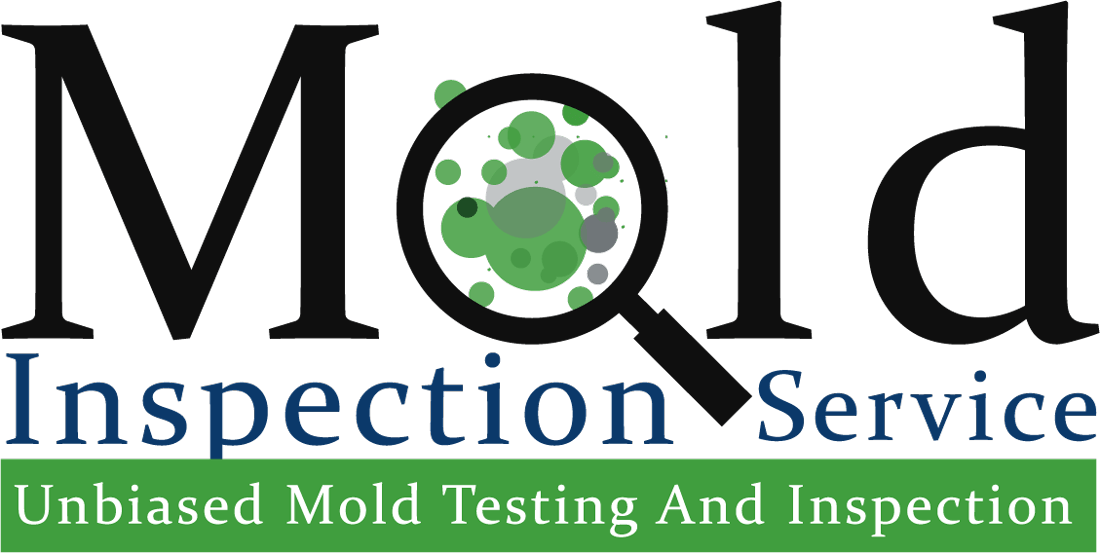HOW TO KNOW YOU NEED MOLD TESTING AND AN INSPECTION
- Jason Ramirez

- Oct 11, 2023
- 4 min read
Updated: 6 days ago

Lets Go Over If You Need Mold Testing & Inspection
Mold is detrimental to both your home’s health and your health. If not treated properly right away, mold can begin to take over your entire house while creating health issues for all those living inside it. Although you might tend to think of mold as a silent destroyer, it’s not as silent as you believe. Many homeowners go for extended periods of time without knowing that their home has a mold problem, but this doesn’t have to be you. There are ways to detect mold in its early stages if you know what to be on the lookout for. Not sure if your home is in need of mold testing? Save your home and your health today by staying informed. This is how to tell if you need mold testing and an inspection.
Continue reading below for several signs that scream your home needs professional mold testing and removal.
1. MUSTY ODORS
Mold growing inside your home will cause a musty odor. Although you might not always be able to smell mold in your home, if you do smell a musty odor, take it seriously. Just as you can’t always smell mold growing in your home, you can’t always see it either. However, don’t ignore the musty smell just because you can’t see the mold yourself. Begin to complete a thorough inspection of your home checking in all dark moist spaces. Some of these spaces include the closet where your HVAC is stored, behind the washer and dryer machine, and under sinks. If you can’t find the source of the mold, you’ll need to call in the professionals to help locate it.
2. WATER DAMAGE
If your home has suffered from any type of water damage recently or in the past years, then you’ll want to be on the lookout for mold growth. If water damage occurred and wasn’t cleaned and dried properly, mold can grow. This might happen in the padding located under carpets or inside a leaking basement or attic.
Continuous water problems that have been an issue for an extended period of time are almost a guarantee that there’s mold. Feel any surfaces, including your walls to determine if they feel damp. If your walls or ceilings feel damp or have discoloration, bubbling, warping, or peeling, then this could indicate signs of water damage.
Even if mold isn’t visible, there could be mold growing behind the wall, wallpaper, or ceiling. If you had any water leaks in your home, these are also areas to check for mold. This could be leaking sinks, windows, ceilings, or something else.
" Prolonged exposure to mold can contribute to respiratory issues and other health concerns, underscoring the importance of timely intervention and prevention." – Douglas Husbands DC IFMCP
3. VISIBLE MOLD GROWTH
Visible mold in the home should be an obvious sign that there’s a mold problem, but this isn’t always the case. Some homeowners don’t notice small amounts of mold or they believe that it’s dirt. Any small amount of “dirt” should be examined and determined if it’s mold or not. Don’t ignore it because it’s only a small amount. Even a small amount of mold growth shows that the conditions are right for it to grow, and it’ll continue to do so. A small amount of visible mold could also be an indication that there’s more mold growing nearby or behind where the visible mold is. Don’t let the idea that all mold is black fool you either. Mold can come in several different colors including greyish brown, white, pink, orange, and sometimes even purple. The color depends on what the mold is growing on and what kind of mold it is.
4. HEALTH ISSUES
Mold can cause a variety of health issues. If you or anyone else living in your home has been feeling under the weather lately and on a consistent basis, it might be time to test your home for mold. Some common mold health issues include symptoms similar to other allergic reactions.
These symptoms include sneezing, coughing, runny nose, sore and irritated eyes, and nasal congestion. If you notice that you feel better when you leave your home and then your symptoms get worse when you return, mold could be the culprit. One good way to tell if your home’s air quality is what’s making you sick is to spend a week outside of your home on vacation and see how your health changes.
5. CONDENSATION BUILDUP
If you’ve noticed that your home has several spots where condensation builds up easily, then you’ll want to have your home tested for mold. High amounts of condensation mean that your home is a perfect environment for mold growth. Check areas such as glass, windows, and pipes for condensation. Wherever condensation builds, mold can grow. You should also be on top of the humidity levels of your home. If your home has high humidity levels, this could be the reason for excessive condensation. High humidity levels also mean that mold has a perfect place to grow and remain strong.
MOLD TESTING IS ESSENTIAL FOR A HEALTHY HOME!
After reading through this guide, we hope you have a better understanding of how to tell if your home is inhabited with mold. Be sure to go through each one of these signs and check your own home for them. If for any reason you suspect that your home might have mold growing inside of it, don’t hesitate to contact the professionals.
Mold will not only ruin your home, but it can have serious effects on your health if not treated correctly and in a fast manner. Not sure if your home needs mold testing? Contact us today to receive a free mold inspection quote.




Comments